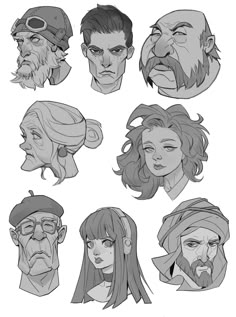Welcome to the World of Drawing
Drawing is more than just lines on paper, it's a way to express your imagination and creativity. On this website, I'll teach you how to get started.
Below is the navigation to the major items:
Introduction to Drawing
Drawing is the art of creating images with lines and shapes. It's fun because it lets you create anything you can imagine. It also helps you become more creative and everyone can start with something that everyone can easily have:
- A piece of paper or a digital drawing app
- A pencil, pen, or anything you can draw with
- A belief that you can draw
Step 1: Fix Your Mindset
The very first step is to fix your mindset. Many people give up before they even start because they think they don't have talent. But drawing is a skill, not magic. If you practice, you will improve. So believe in yourself you can draw!
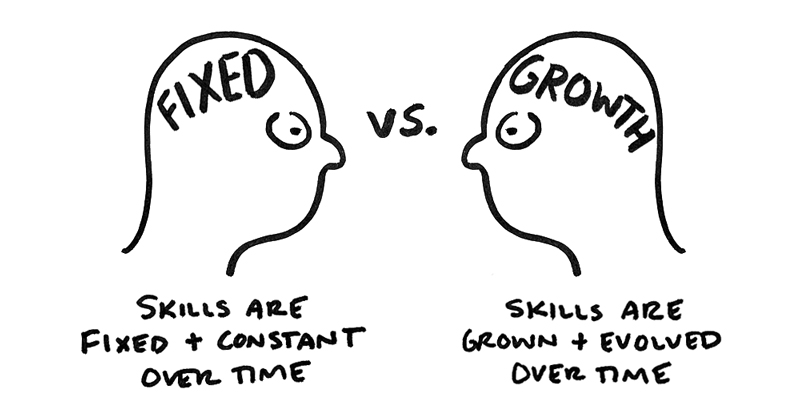
Step 2: Learn the Basics
Before you can draw complex things, you need to master the basics. Start with simple exercises that build control and understanding.
Part 1: Line Practice
Good drawing begins with clean and confident lines. Practice drawing straight lines, curves, and circles again and again. This will train your hand to be steady and accurate.
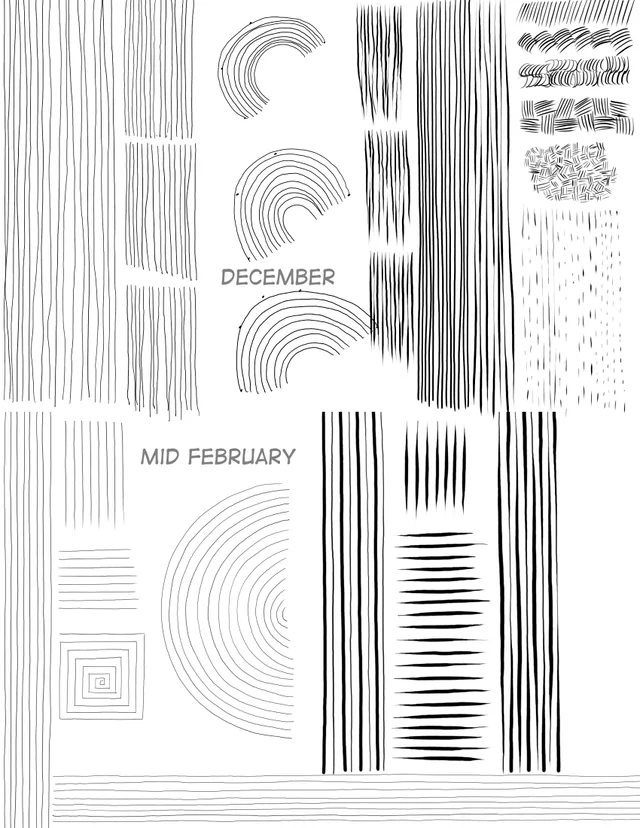
Part 2: Shapes and Perspective
Everything you draw can be broken into simple shapes like boxes, spheres, and cylinders. Learning to draw these shapes will help you understand perspective and 3D space. This is the foundation for more advanced art.
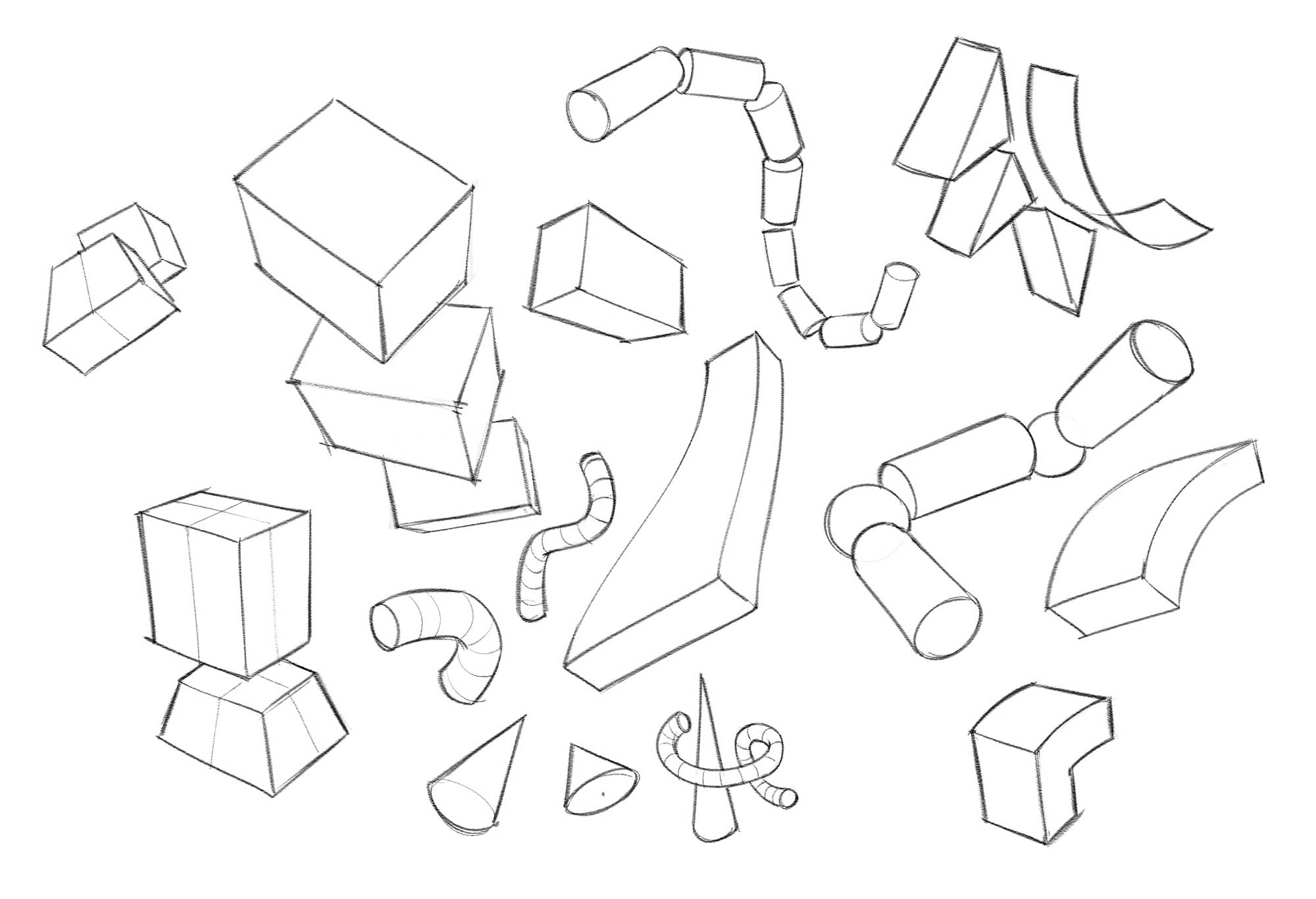
Step 3: Draw Real-Life Objects
Once you are comfortable with lines and shapes, it's time to apply them to real objects. Start with simple things around you, like a cup, an apple, or a chair.
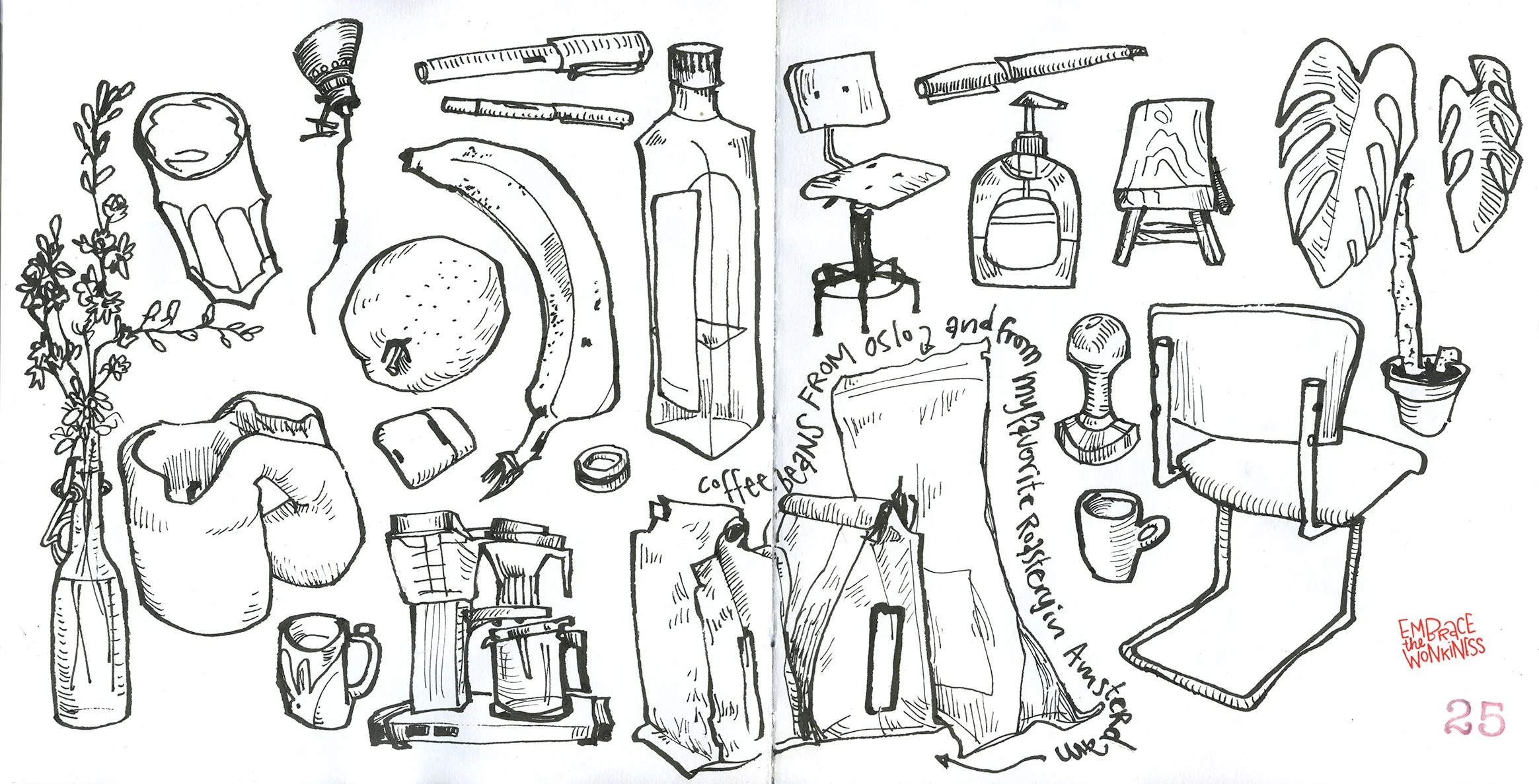
Step 4: Level Up Your Skills
After you can draw simple objects, it's time to go deeper. Learning advanced topics will make your art look more realistic and professional, there is more to learn, but I can't put all of them on here. Here are three important areas to focus on:
Color Theory
Colors can change the mood of your art. Learning how to use warm and cool colors, contrast, and harmony will bring life to your drawings.
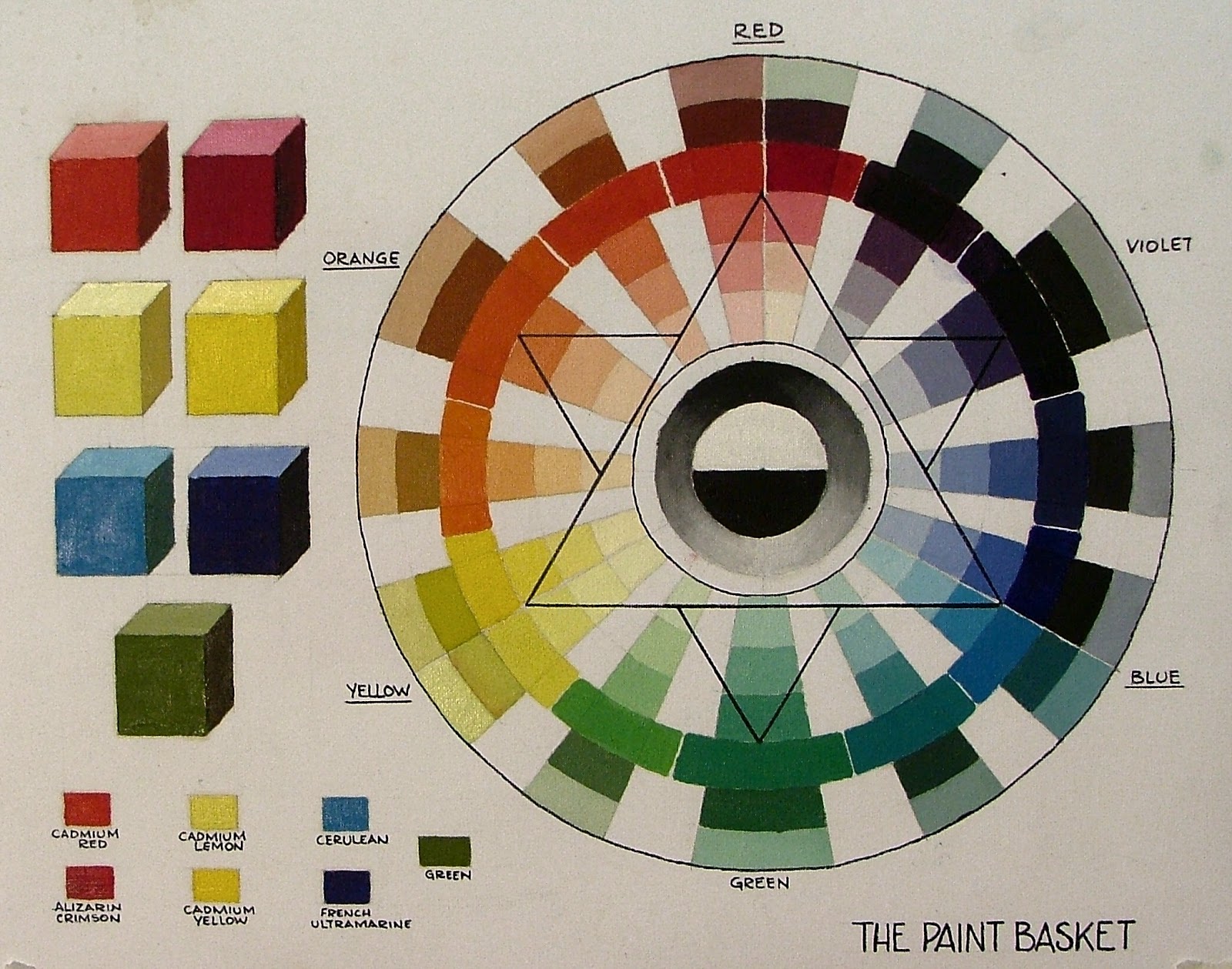
Shading
Shading creates depth and makes your drawings look three-dimensional. Practice using light and shadow to show form and volume.
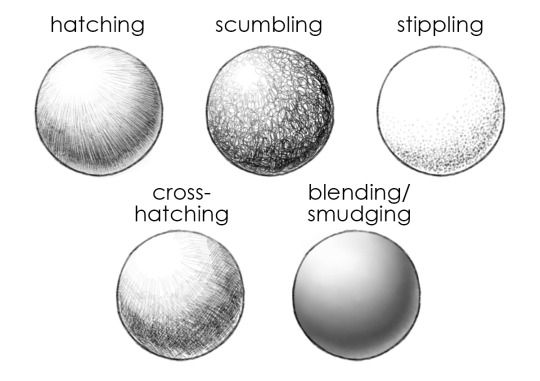
Anatomy
Understanding how the human body is built will help you draw people more accurately. You don't need to be perfect, but studying bones and muscles will improve your figure drawing.
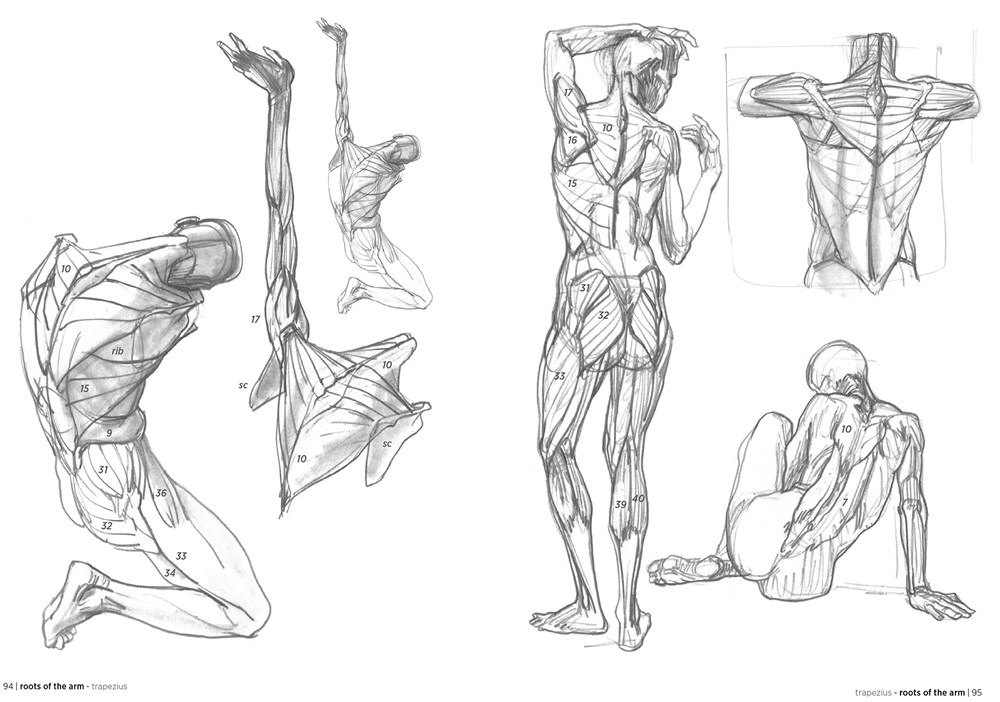
Step 5: Develop Your Own Style
Now that you know the basics, it's time to explore and create your personal style. Try different techniques, study artists you admire, and combine ideas to make your art unique.
